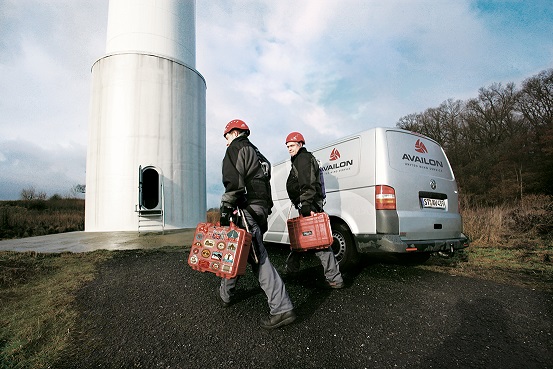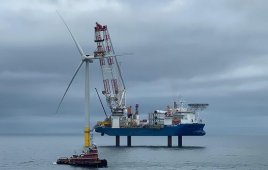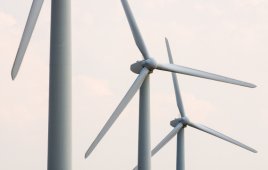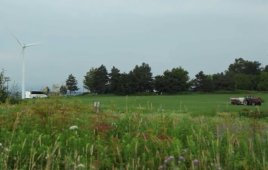Companies that insure wind turbines would like to influence the trends here. For instance, they suggest, get more than one quote for a repair job and don’t feel obligated to accept the one from the OEM. Other industries consider one quote inadequate. What’s more, ISPs might react faster to an offline turbine than would an OEM. These actions can result in lower claims costs which will reduce annual premiums.
Other trends need changing as well. For instance, after a wind tech identifies an ailing component on a turbine, the natural reaction is to replace it with a recommended version from the OEM. But when they stop supporting a turbine or a complex outsourced component, maintenance crews are forced to look elsewhere. Those OEM business decisions have initiated the rise of repair services.
A growing trend in the larger O&M scheme of things has wind turbine maintenance companies looking for repair services to support their work. Commonly repaired components include printed circuit boards, pitch drive systems, inverters, IGBTs, PLCs, VRCC units, AEBIs, proportional valves, hydraulic pumps, pitch and yaw motors, encoders, slip rings, transducers, and more.
This trend toward rebuilt parts is becoming more pronounced because the independent service providers (ISPs) tend to improve on what turbine OEMs have designed. For instance, one ISP says repair prices are typically half the cost of new parts and a good reason to consider repaired parts. To some extent, OEMs encourage the trend when they no longer support their equipment. This encourages repair ISPs to drive other trends, such as:
Rebuild, not just repair – The companies in this space caution that “repair” is a general term implying the repaired part is as good as the old part. More than simply repaired to OEMs specs, the companies say they have taken the time diagnose problems and improve on original equipment. The most common product upgrade performed, according to one company, is to printed circuit boards. This ISP says when it is working on a Clipper Xantrex Matrice, the company provides new cables, cleans and machines heat sinks so they adhere tightly to a new waterproof gasket, polishes IGMT mating surfaces for an improved thermal junction with the heat sink, adds fault protection circuitry to the advanced IGBT driver modules, and uses a new generation of IGBTs.
Upgraded components – This is the big trend. One engineering service firm enhances legacy components with newer, more reliable technology to improve performance and extend the component’s life. The company says it uses the latest diagnostic tools to detect failures down to the microchip.
Two widely used products that get upgrades are the GE 1.5 MW S Series Xantrex Matrix Inverter and the Clipper 2.5 MW Xantrex Inverter. These drop-in replacement designs let wind farms supplement shrinking inventories with more dependable, longer-lasting products, while keeping the turbines online. The effort is to provide comprehensive remanufacturing services for unsalvageable, obsolete components.
Reduced inventories – When components are readily available, O&M crews need not maintain inventories in their own facilities which further trims their costs.
Longer warranties – With improved replacement components, ISPs can warranty more equipment with longer warranties than the original equipment carried. One says it warrants rebuilt parts for 18 months from time of purchase.
Emergency services – These involve maintaining stock of many surplus parts to help clients get production equipment back up and running. ISPs offers component repair along with engineering services for GE, Vestas, Siemens, Clipper, and other wind turbines.
Filed Under: Featured, Insurance, O&M, Policy






The maintenance cost is very high for wind turbine, so development a long life, less maintenance slip ring is very important for wind turbine.
More details: http://www.arslipring.com